A common thread running through many Frequently Asked Questions relates to damage of measuring heads.
Many applications involve considerable powers and/or energies; since laser measurement has us deliberately putting a measuring instrument in harm’s way, let’s have a look at the various effects a laser beam can have on an instrument in its path.
1.Average power too high: Heads are designed to dissipate heat at a rate suitable for the power level for which they are specified. If incident average power is too high, the resulting heat will build up in the head faster than it can dissipate, and the head will overheat and eventually fail. The failure mechanism is usually internal to the head and does not necessarily result in any visible damage such as burn marks on a surface. Various cooling mechanisms are used depending on the specified power level, including convection, fan cooling, and water cooling. In some cases, a head may have a detector that is able to handle higher power than the head body can dissipate; in such cases the head can be used for intermittent measurements of higher powers, with a suitable duty cycle that allows enough cooling down time to keep the head from overheating. Similarly, some water-cooled heads can be used intermittently or at low average powers with reduced or no water flow, the idea again being to keep the head from overheating. Heads that are designed to enable this are specified as such.
2. Average power density too high: A laser beam may have average power lower than the maximum specified for a given head, but if the beam is focused down to a small spot the local power density could still damage the detector surface. Such damage would consist of a usually visible burn mark. We specify “Damage Threshold” as the maximum average power density above which there is a risk of such damage. It should be noted that sometimes one may observe a visible mark or stain on the detector surface which does not in fact affect the reading. We consider a mark as “damage” (as opposed to a purely cosmetic effect) if it affects the localized reading by more than 1%.
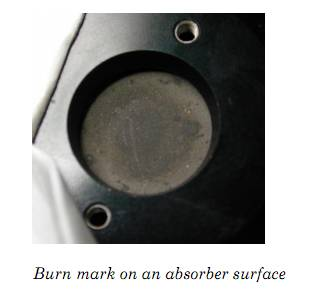
The maximum average power density depends among other things on the average power level. At high powers, the detector surface around the spot is relatively hot, making heat propagation away from the spot more difficult and increasing the risk of damage. At lower powers, heat can move away from the spot more easily, allowing the surface material to withstand higher power density. We always specify maximum average power at the highest average power for which a given head is rated, so that the spec sheet is as useful as possible to the user. This is why a high-power head using a certain absorber type, for example, will have a lower maximum average power density specified than a lower-power head with the same absorber.
3. Energy density too high: In general this can result in effects similar to those caused by average power density being too high, i.e. a burn mark. In some cases the damage can consist of an actual fracture of the absorber material. The risk of such damage is a function of pulse width. Short pulses, where the energy is deposited over a short time (so that the resulting heat does not have time to flow away), pack more of a punch in this regard than longer pulses, though high density long pulses present their own challenges. We have a variety of absorber types, each of which is optimized for a different set of conditions.
A very commonly asked question is, in generalized terms, “I was within spec, so why did my head get damaged?” There are a number of possibilities, including:
- The average power density might have been within spec, but perhaps the energy density of individual pulses was not – or vice versa. One needs to check both of these parameters
- The beam may have “hot spots”, small areas within the beam cross section in which the local power density is higher than the overall average power density might suggest. Unfortunately this happens much more often than many people realize. In many such cases a beam profiler might be the correct (and often only) tool to check this.
- The method used to measure the beam size (e.g. a burn pattern or IR laser card) shows a beam size much larger than the 1/e² Gaussian waist of the beam and therefore if one simply divides the power or energy by the area of the burn spot, the peak power in the center will be much higher than that calculated value. Note that for a Gaussian beam, the power or energy density in the center is twice the power divided by the area defined by the 1/e² beam waist diameter.
When choosing a head for a given application, all of the above parameters should be taken into account. Generally our Head Finder application (available on our website for online use or for downloading) does most of the work for you. But as always, a basic understanding of the issues can go a long way in helping insure a smooth and trouble-free measurement.
For further information, contact us
You might also like to read: How To Prevent Damage To Your Thermal Laser Sensor: Some Helpful Hints
Share this:
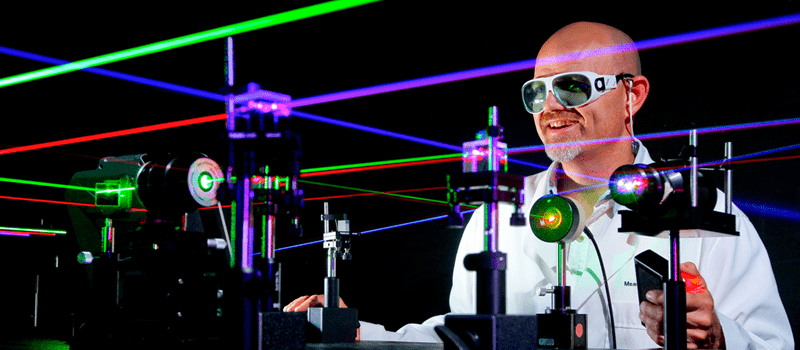

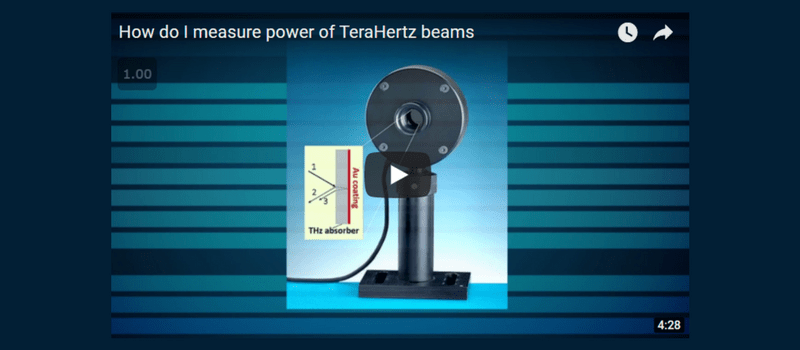




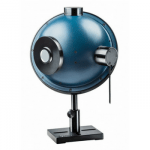

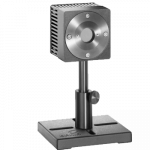

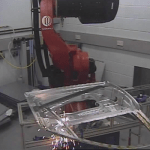
Leave a Reply
Your email address will not be published. Required fields are marked *